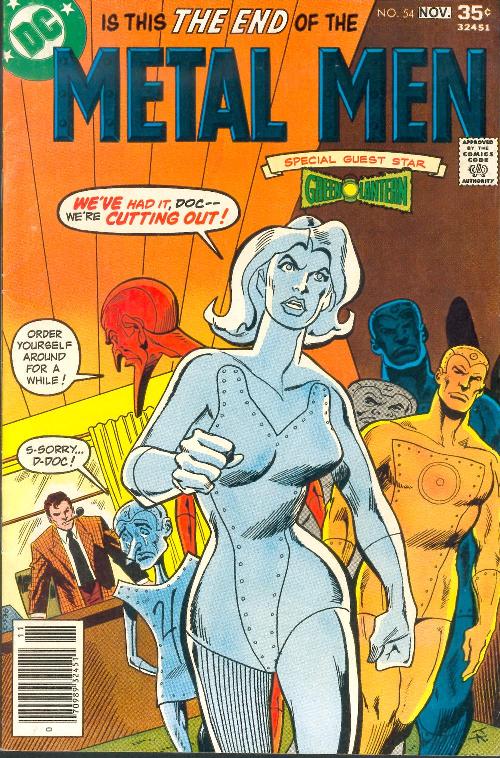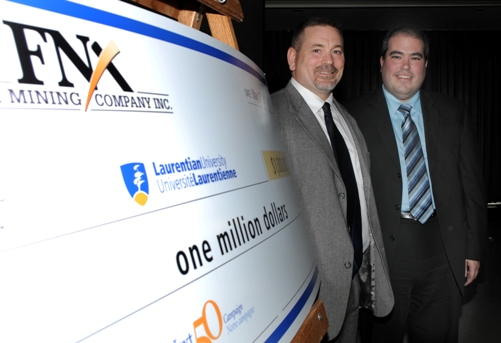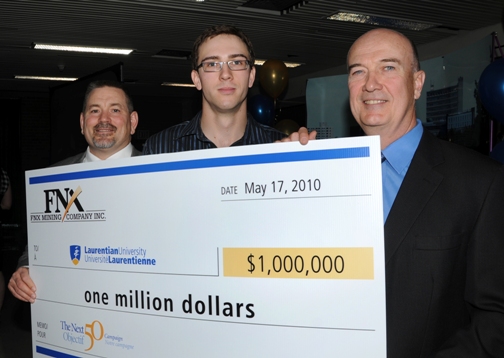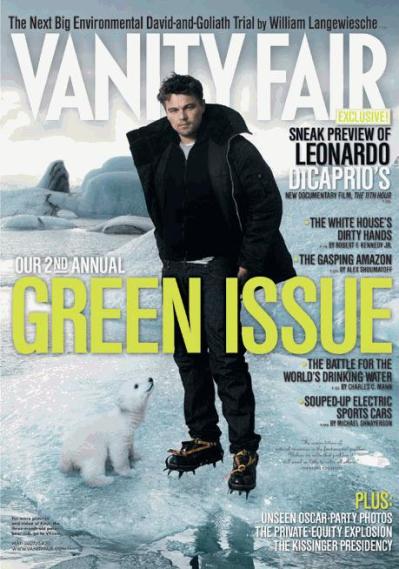Stan Sudol is a Toronto-based communications consultant, who writes extensively about mining issues.(stan.sudol@republicofmining.com)
The Yukon Klondike
I have a small complaint about Canadian mining history or more importantly, our media coverage of past gold rushes. The Yukon Klondike gold rush of 1896-1899 seems to take all the glory – thanks to writers like Jack London, Robert W. Service and Canadian literary icon, Pierre Berton – while northern Ontario’s four globally significant gold/silver discoveries in the first half of the last century do not get the historical respect they deserve.
The initial Klondike discovery, on August 16, 1896, at a fish camp near the junction of the Yukon and Klondike rivers, is credited to George Carmack and his Tagish Indian brothers-in-law, Skookum Jim Mason and Dawson (Tagish) Charlie. Robert Henderson, a Nova Scotia prospector is credited as a cofounder, since it was on his advice that the discovery was made, however he made no money from the find.
At the height of the rush, Dawson City, the main staging town at the mouth of the Klondike River had a booming population of about 30,000 and was known as the most cosmopolitan city west of Winnipeg and north of Vancouver. Due to its isolation, all the claims had been staked by the time most people finally arrived. Some of the most memorable photographs from the period show a thin line of thousands of people climbing the legendary Chilkoot Pass – the shortest but most difficult route to the goldfields – bringing the required year’s supply of food and living material.
Fortunes were made and lost in Dawson City’s “rip-roaring” frontier atmosphere where prostitutes were tolerated and nearly everyone was on the lookout for charlatans and con men. Many became rich just supplying services to the stampeders. In total, about 12.5 million ounces of gold was produced during this short-lived rush that lasted for less than a decade.



























 MacGibbon could not attend the event, however, Vern Baker, FNX Vice-President of Sudbury Operations was on hand to present the million dollar cheque. Baker said, “One of our strengths is our geology team, many members of which are proud Laurentian University graduates.
MacGibbon could not attend the event, however, Vern Baker, FNX Vice-President of Sudbury Operations was on hand to present the million dollar cheque. Baker said, “One of our strengths is our geology team, many members of which are proud Laurentian University graduates.  A version of this column was originally published in the June 2007 edition of
A version of this column was originally published in the June 2007 edition of 
